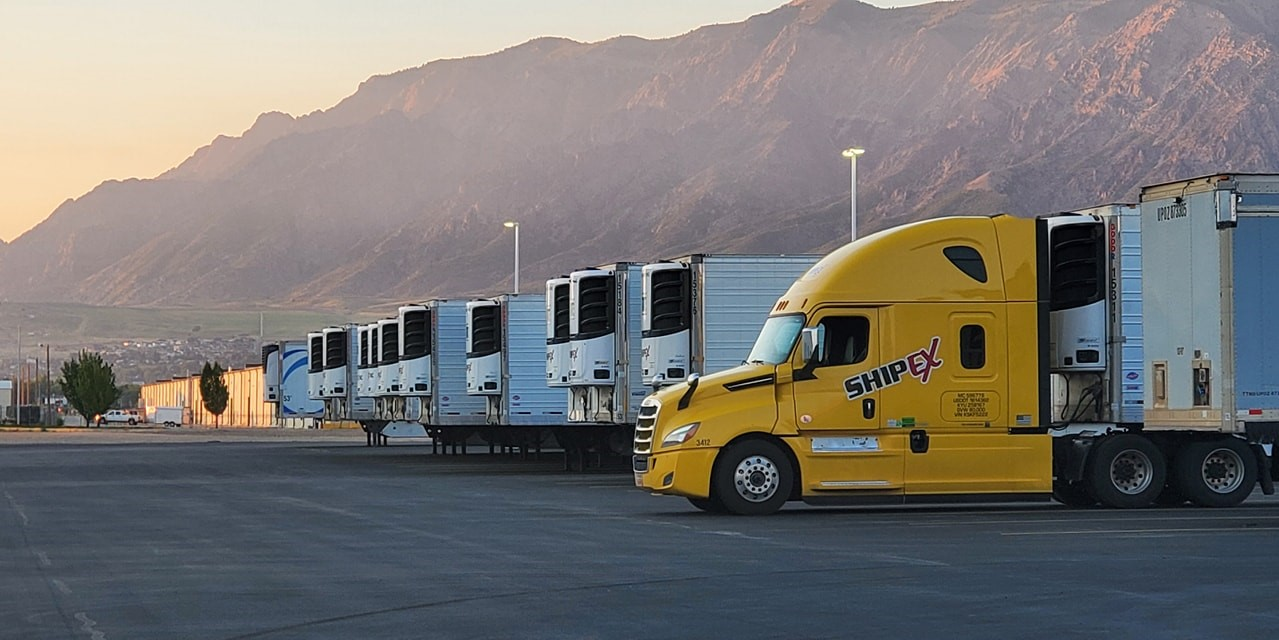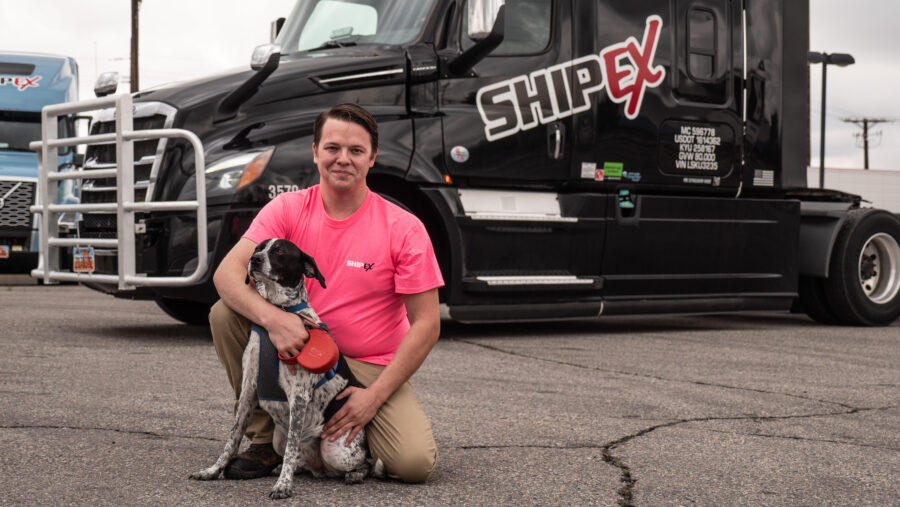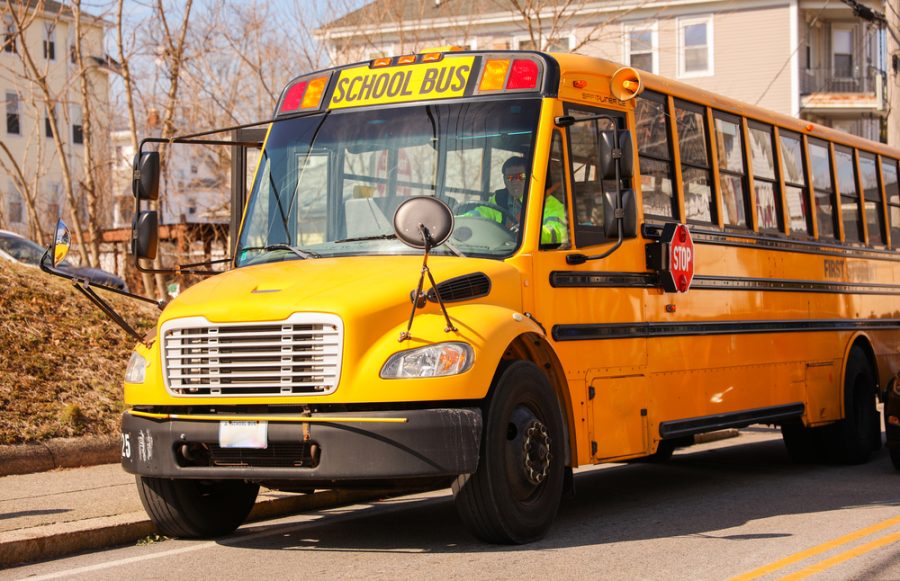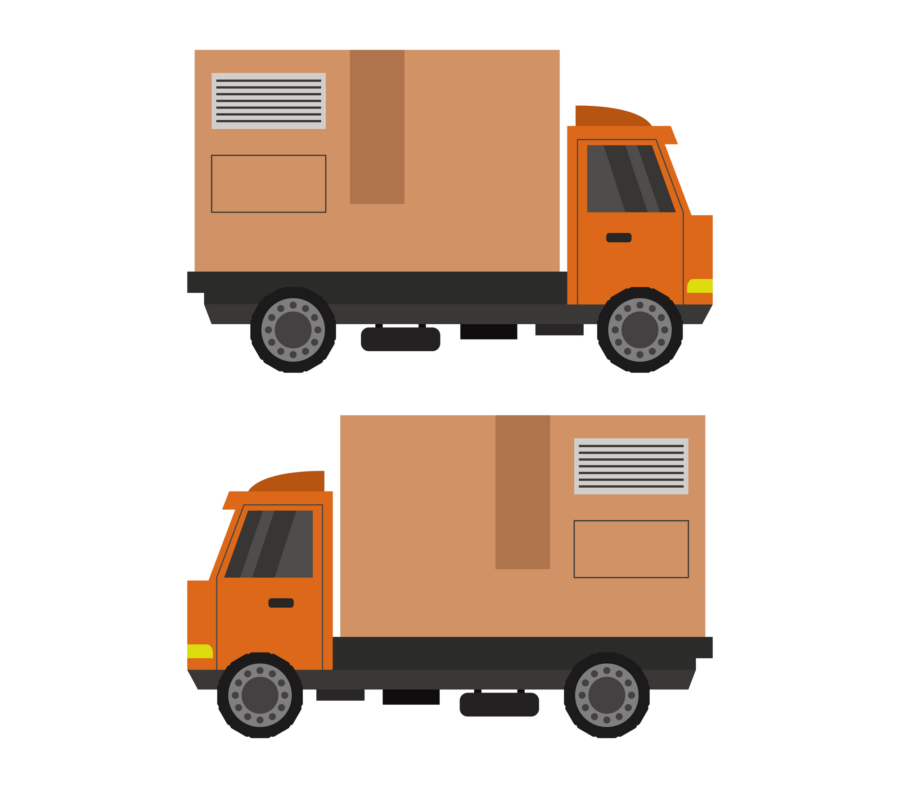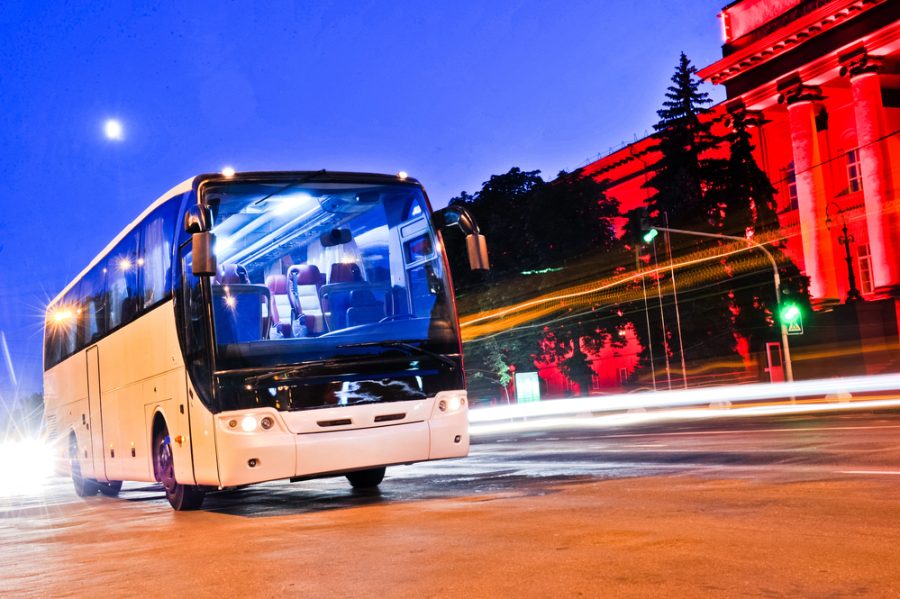In the dynamic world of transportation, the Commercial Driver’s License (CDL) stands as an essential credential for those who aspire to operate commercial vehicles. This CDL license is more than a mere piece of plastic; it represents a gateway to a multitude of career opportunities and plays a vital role in ensuring the safety and efficiency of our transportation networks.
What is a Commercial Driver’s License (CDL)?
A Commercial Driver’s License (CDL) is a specialized permit that unlocks a world of opportunities for those looking to become truck drivers and operate commercial vehicles. Unlike a standard driver’s license, which covers personal vehicles, a CDL is essential for those seeking to handle the complex, larger, and diverse range of commercial vehicles, including heavy-duty trucks and buses.
The differentiation between a CDL license and a regular driver’s license is crucial. Commercial vehicles demand specialized skills and expertise to operate safely and efficiently. This distinction underscores the need for the driver to attend a rigorous CDL school that equips aspiring truck drivers with the necessary CDL skills and knowledge.
CDL holders play an integral role in keeping the economy moving by safely transporting goods and passengers. To meet this responsibility, they undergo intensive training to master the intricacies of operating commercial vehicles. The CDL is more than just a license; it represents a commitment to safety, skill, and expertise in the world of transportation.
Different CDL Classes
If you’re considering a career in commercial driving, one of the first things you’ll encounter is the wide range of Commercial Driver’s License (CDL) classes and endorsements. CDLs are not one-size-fits-all; they are tailored to different types of vehicles and specific operations. These are the main classes you will need to consider before you start your truck driving school to ensure you are earning the correct certification for your desired career. Each CDL license has a different training program requirement and associated CDL license fee. It is important to consider the cost of getting a CDL license when choosing your program so you can properly prepare.
Class A CDL: The Heavy Haulers
The Class A CDL is the heavyweight champion of the commercial driving world. It covers the operation of the largest and most complex commercial vehicles on the road. Think of tractor-trailers, also known as “big rigs” or “semi-trucks.” These massive machines are essential for transporting goods across long distances and make up a significant portion of the trucking industry.
Earning a Class A CDL requires rigorous testing and a demonstration of proficiency in handling these massive vehicles safely. Drivers must pass written exams and a CDL skills test, including the challenging skills test known as the pre-trip inspection, where drivers must demonstrate their knowledge of the vehicle’s components and safety features.
With a Class A CDL, you’ll have the opportunity to haul heavy loads, often over-the-road, and work for a wide range of industries, from grocery, retail, pharmaceuticals, and more.
Class B CDL: Versatility in Commercial Driving
The Class B CDL covers vehicles that are smaller than Class A but still significantly larger than standard vehicles. These include delivery trucks, school buses, and passenger buses, among others. Class B drivers are responsible for ensuring the safe transportation of passengers or cargo, making them essential for various industries and services.
Earning a Class B CDL typically involves less extensive training and testing compared to Class A. However, drivers still need to pass written exams and practical skills tests specific to Class B vehicles. They also need to master skills like parallel parking, backing up, and maneuvering in tight spaces.
With a Class B CDL, you’ll find opportunities in roles like a school bus driver, delivery driver, or shuttle bus driver, offering a diverse and rewarding career.
Class C CDL: The Catch-All Category
The Class C CDL is the catch-all category for vehicles that don’t fit into the Class A or Class B classifications but still require a CDL for operation. These vehicles may include smaller buses, vans transporting hazardous materials, or vehicles designed to transport a specific number of passengers. Class C drivers must adhere to specific regulations and endorsements depending on their vehicle type and the cargo they carry.
Class C CDL holders need to pass written exams related to their vehicle type and operations, ensuring they have a solid understanding of the rules and safety procedures specific to their role. This category provides a flexible option for individuals who need a CDL but don’t require the extensive training of Class A or Class B.
Endorsements: Customizing Your CDL
While the primary CDL classes cover different types of vehicles, endorsements allow drivers to customize their CDLs further. Endorsements are additional certifications that demonstrate a driver’s ability to handle specific situations or cargo types safely. Some common endorsements include:
- Hazardous Materials (H): This endorsement allows drivers to transport hazardous materials, such as chemicals or explosives. It involves an extensive background check and written test.
- Tanker (N): Tanker endorsements are necessary for those transporting liquids, gases, or other bulk materials in tanks. Drivers must pass a written test specific to tanker operations.
- Passenger (P): The passenger endorsement is required for drivers who transport passengers, such as in a bus or shuttle service. It includes a written exam and, in some cases, a skills test.
- School Bus (S): This endorsement is for drivers who operate school buses. It involves additional training and testing to ensure the safety of schoolchildren.
Understanding the different CDL classes and endorsements is crucial for anyone considering a career in commercial driving. Whether you aspire to be a long-haul trucker, a school bus driver, or a hazardous materials transporter, there’s a CDL class and endorsement combination that fits your goals and ensures you can safely operate your vehicle of choice. As you embark on your journey into the world of commercial driving, remember that each class and endorsement represents an opportunity to broaden your skills and expand your career possibilities in this essential industry.
CDL holders are the backbone of the supply chain and logistics industry, ensuring the efficient delivery of goods. The economic impact of CDL jobs is substantial, contributing significantly to wages and taxes not only in the United States but also worldwide.
Conclusion
In summary, the Commercial Driver’s License is not just a license; it’s the key to a world of opportunities within the truck driving industry. As we’ve explored in this blog, CDLs come in various classes and can be customized with endorsements to meet diverse transportation needs. Whether you are interested in pursuing a career in truck driving or simply curious about the role of CDLs in our society, it’s crucial to recognize their significance.
For those considering a career in the truck driving industry, exploring CDL requirements, and enrolling in reputable CDL schools can set you on the path to success. The world of CDLs is vast and dynamic, offering opportunities for those willing to embark on their journey in the realm of commercial vehicles.
